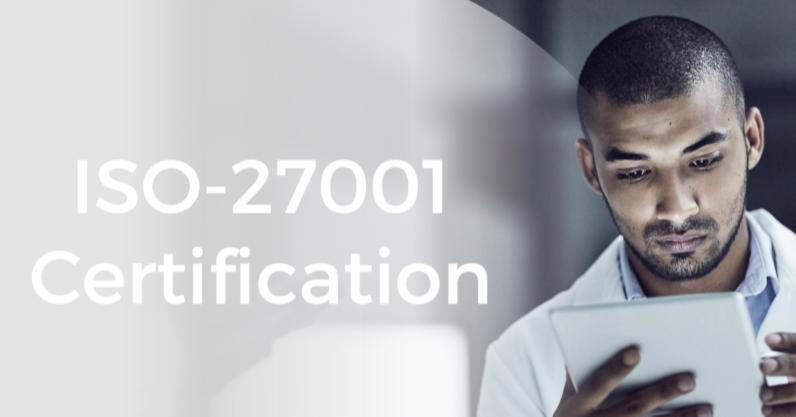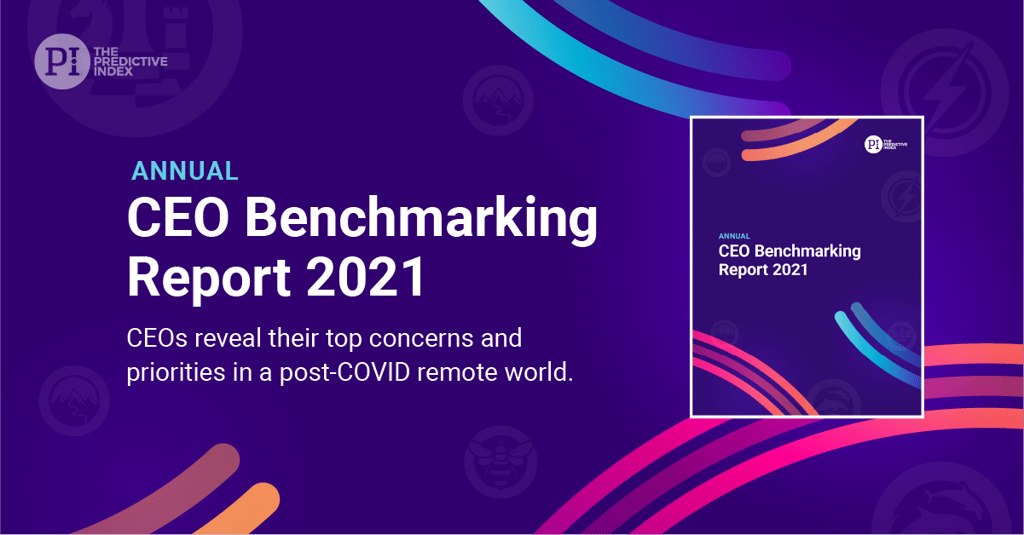10 tips on how to increase your engagement and motivation at work!

Most of us would love to fell a genuine passion for the work we do. To be in a work environment that gives us energy. Where challenges seem effortless and where we get a sense of fulfilment when we achieve our professional goals. But how do we get there? What can we do to feel engaged and motivated at work?
1. Understand Individual Drives
Understanding what truly drives you is crucial for increased motivation. Being aware of your personal drives makes it easier to find and create meaningful goals at work. One way to gain awareness of your drives is by working with assessments that measure individual drives. There are multiple assessments out there, so make sure to choose one that has high validity, reliability, and measured drives. We recommend PI Behavioral Assessment which focuses on drives that are relevant in a work-related context. It is likely that you completed a behavioral assement when you got your present job. Have a look at the report and the feedback you got when you were hired.
2. Communicate Goals Clearly
Clear and precise goals provide a sense of direction and purpose. By understanding the significance of your work and its contribution to overall objectives, engagement and fostering inspiration becomes a simpler task. Is setting your own goals a viable option for you, or is initiating a dialogue with your supervisors and team a more effective alternative?
3. Promote Collaboration
Collaboration offers numerous benefits, such as fostering a positive work environment and contributing to inspiration among colleagues. Collaboration is essentially valuable, but establishing effective collaboration might be challenging. To enhance collaboration, understanding your own strengths and how they complement those of others is essential. This understanding occurs and develops through daily collaboration, dialogues, and team meetings. However, additional strategies can further enhance collaboration and team development, like utilizing tools such as Team Discovery , which provides insights into to team dynamics and promotes a culture of mutual understanding.
4. Customize tasks according to working style
We all have different behavioral drives. Different work task will therefore motivate and inspire us. Engaging in tasks that align with your drives and working style enhances effectiveness and enjoyment at work. Understanding your own working style and preferences is the initial step to optimizing your work environment and unlocking your full potential and well-being. As previously mentioned, PI Behavioral Assessment is a valuable tool for understanding your drives. It can be particularly effective when paired with PI's Job Assessment, an assessment that evaluates how well these drives align with a job's specific tasks.
5. Clear feedback and encouragement
Regular feedback is beneficial not only as guidance towards improvement, but also to create a greater feeling of appreciation. Encouragement and recognition increase motivation by fostering a positive and supportive atmosphere at work. Together with your team and colleagues, discuss how to include this in your work routine. Remember, setting a good example will encourage others to do the same!
6. Challenges and Development Possibilities
Engaging in meaningful challenges and opportunities for personal development leads to fulfilling and rewarding work. By identifying and utilizing your strengths, you can create a work environment characterized by continual growth. This is beneficial when taking on new tasks and responsibilities, as well as advancing your personal development as an employee, colleague, or leader. While we can always develop, being aware of our strengths and potential weaknesses is a crucial step forward. One suggestion on how to best go about his is to complete a PI Behavioral Assessment as well as reflect on and discuss the report Personal Development Chart with someone close to you.
7. Work-Life Balance
Finding and respecting a balance between work and personal needs is crucial for long-term well-being. Having a holistic view of wellness promotes a balanced work environment and sustainable motivation. How is your work-life balance? Is there anything you need to change or consider in the future?
8. Managing Conflict in a Constructive Manner
Conflict is unavoidable and it is likely that we all get into a conflict at some point. However, managing conflict constructively is essential. Various tools can be used to work constructively with conflict by understanding individual behavioral patterns and conflict resolution strategies. These tools enable the creation of a tailored strategy for effectively managing and resolving conflicts within a team. Initiating discussions among team members about their perceptions of conflicts and their preferences on conflict resolution is a constructive starting point. Organizing a team workshop where you include a section dedicated to addressing conflict and allowing participants to openly discuss the subject can be a good step on the way.
9. Celebrate Progress and Achievement
A positive work environment and strengthened sense of accomplishment can be achieved by regular celebrations and recognitions. Celebrating small and big achievements lead to an increased feeling of satisfaction and engagement, and therefore, motivation. Together with your team, reflect and discuss how you can celebrate progress in the future!
10. Continuous Development and Adaptation
Embracing continuous development and adaptation keeps the work interesting and relevant. There are multiple ways to go about this. Take the time to sit down and reflect on how this can look for you in your career.
In Summary
Increasing engagement and motivation at work is about being self-aware and being able to create a work environment and situation that fits your motivational drives and needs. By actively working with the tips above, you are one step closer to getting there!
You are of course more than welcome to reach out to us if you want to further discuss how we can help your organization focus on natural engagement and motivation.


